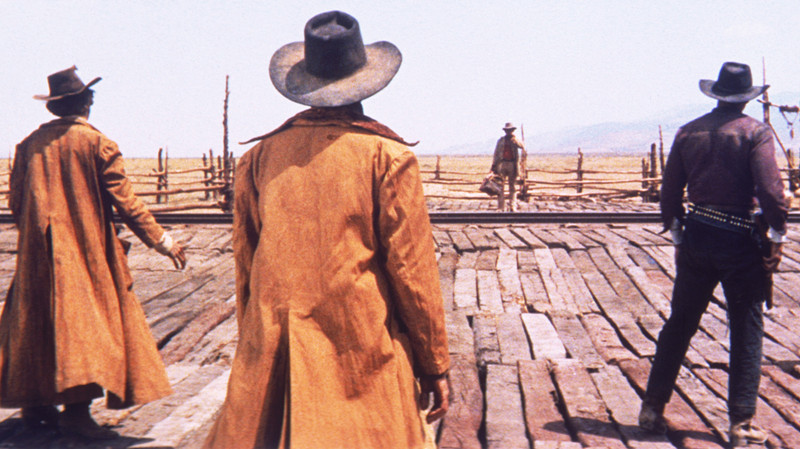
Films can sometimes tell all they need to in the opening scene. It allows the director to exhibit the personalities of the characters, establish the narrative and mood, and begin the experience of the film.
However, certain scenes can tell the entire story in just a few moments. It can be a lengthy scene, a few opening frames, or technical choices, but these critical moments can tell the whole film. Therefore, here are 10 films where the opening scene tells the whole story.
1. Lady Bird (2017) – Motel Scene
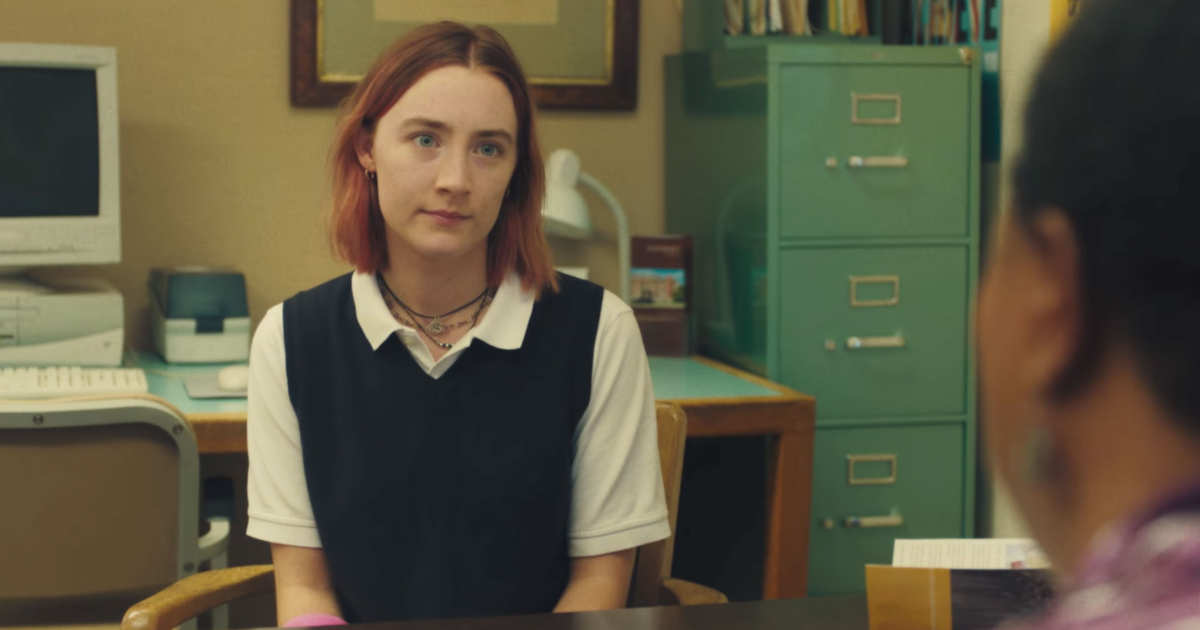
Anchored by fantastic performances that go above coming-of-age or cliched stories, the beginning scene between Saoirse Ronan and Laurie Metcalf says its all.
It opens in a motel room where they share a bed, facing one another while separated by a notable distance. Gerwig then shows Ronan where she gently criticizes her mother for making the bed. The dialogue is sparse but direct; the medium shot framing shows their distance as well as their closeness, and the sense of the relationship between the two is firmly established and told.
We can sense they are close yet have their problems. It’s truly a mother and daughter tale and they play a ping pong game of passive-aggressive conversations, especially the one that follows in the car driving back from the college visit. The motif of financial stability is mentioned in the motel room as well.
Gerwig managed to capture the rollercoaster relationship between these two that flows over the next 90 minutes, but in the motel room, we are already in head first.
2. Boogie Nights (1997) – Disco Dance Club
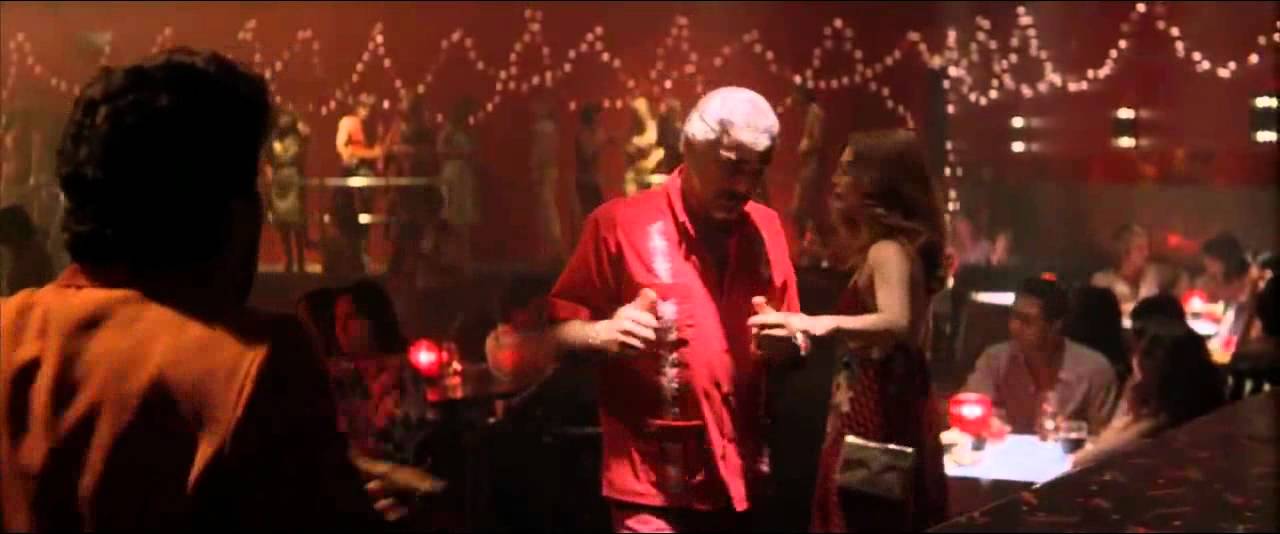
How else to establish the tone of the epic film about the rise and fall of Dirk Diggler in the porn industry of the San Fernando Valley in the 1970s and 1980s? Well, Paul Thomas Anderson had so many great characters that he decided to have a scene where they all were together so the audience knew who they were. What he didn’t realize was that he captured the atmosphere and Diggler’s true drive in the opening scene.
Sure, it extended to the later evening, but the opening tracking shot really captures the essence of the first act of the film. But when the camera cuts from Diggler to Horner exchanging glances, we get a sense that they both want something more and must do it together. This plays out to the downfall in the 1980s and their eventual reunion.
Anderson managed to tell the characteristics of the stellar cast by moving around the dance floor, what they were wearing, how they talked, and how they approached one another. And then finally, settling on the two leads’ facial expressions, this opening scene ends and particularly in just one take.
3. La Notte (1961) – Hospital Visit
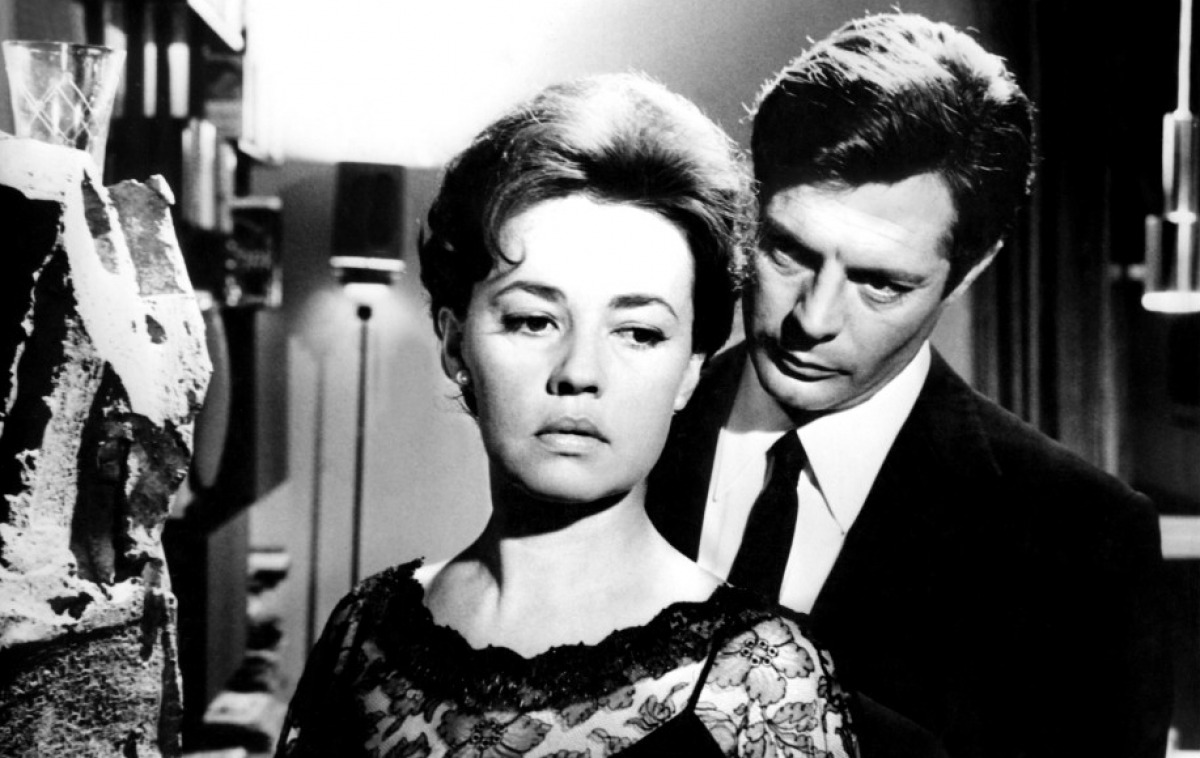
From the opening hospital visit of a sick friend, we can see, and more importantly feel, the strain and end of a relationship between Marcello Mastroianni’s Giovanni and Jeanne Moreau’s Lidia that will occur over the day and eventual night.
From the sick friend stating he is tired of pretending, to Giovanni’s flirtation and rapid sexual encounter with a paranoid nymphomaniac while his wife cries to herself on the floor in the next room, we know these characters are damaged and have seen better days. But then they leave together as if nothing had happened. But of course, in Michelangelo Antonioni fashion with the stark black and white, isolated architectural framing, and sparse dialogue and sound, we know all we need to about this couple and film.
What begins in the opening scene only expands further in the film with little moments, fleeting characters and exchanges, and a bourgeois party at night to reinforce Antonioni’s vision. When we arrive at the end of the film and as the credits roll, Antonioni almost made a short film in his opening scene. But fortunately for us, he continued in the middle of his trilogy to give us a stunning film about the isolation, unfaithfulness, and sadness of a marriage.
4. Patton (1970) – Speech to the Third Army
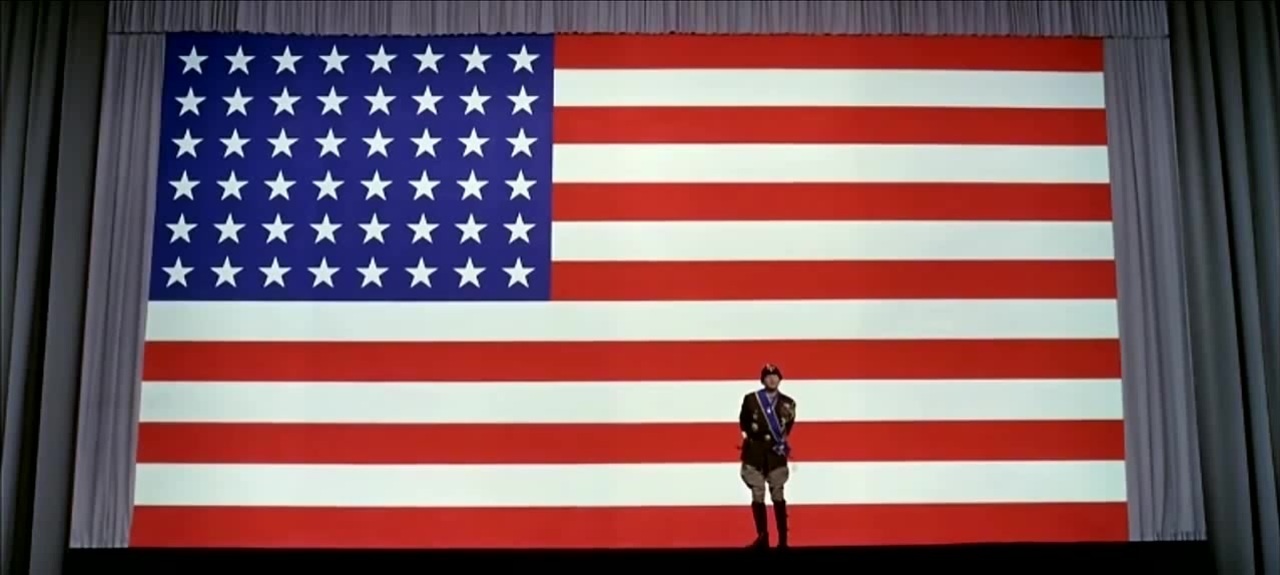
Opening against a gigantic American flag that fills the screen, we see George C. Scott’s General George Patton at the end of World War II. We then are introduced to the many layers, controversy, and persona of this historical man in Francis Ford Coppola’s adaptation in Franklin J. Schaffner’s film.
The camera strictly focuses on Scott pacing back and forth, all decked out in his uniform as he delivers a speech from his soul. He states his views on bravery, his men, his opinion on wars, and the works of World War II. We truly get a sense of character that reveals there is no forgery or compromise with him. And as it turns out, that’s who we follow over the course of nearly three hours.
Of course, we get the scope and grandeur of his World War II campaign through North Africa and Europe, but the spirit and true character of Scott’s Patton is all in the opening speech to his Army. The film proves that a great actor giving one of his best performances can command the audience’s attention and tell the story that will occur in one arousing opening speech.
5. Once Upon a Time in the West (1968) – Waiting for the Train
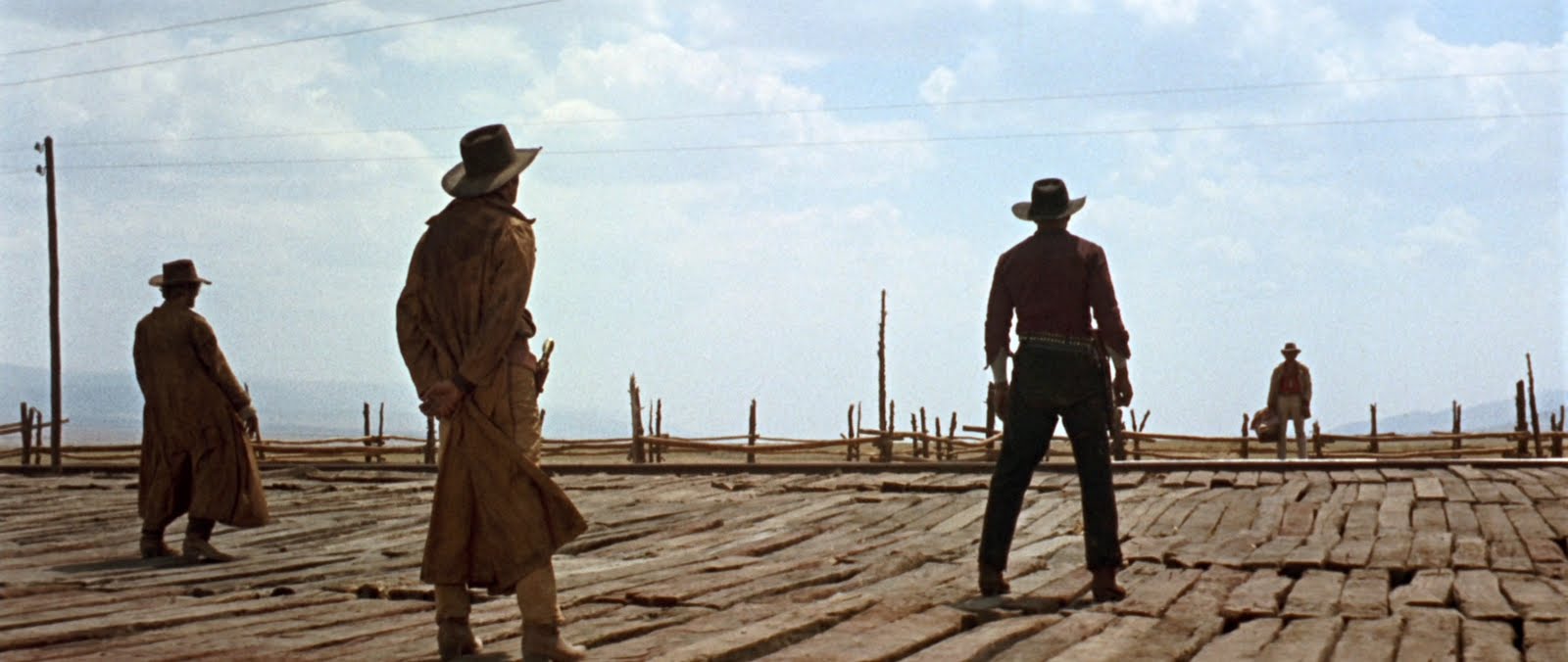
How can Sergio Leone capture an epic Spaghetti Western by having a couple of cowboys wait for a train in the opening scene? Well, it’s the use of framing, score, sound design, character’s choice and a suspenseful build up to our mysterious protagonist that tells the story we are about to witness.
Of course, the key characters played by Fonda, Cardinale, and Robards aren’t in sight, but we get the sense of playfulness, such as the fly landing on one’s nose. We see the vast open spaces with a brittle tension and waiting for the train. And of course when Bronson states, “You bought two too many,” before gunning down the cowboys we were just hanging with, we see the sense of unpredictable action and brash character choices.
As the film unfolds and we see many iconic western scenes and imagery, it can all tie back to the opening of the framing, design, and most importantly, characters waiting for someone or something to happen and then action coming about because of it. However, Leone makes it so entertaining and engaging in the minimalist form, so when the rest of the film includes more spectacle, the real magic starts.
Often considered one of the greatest westerns of all time, the opening scene culminates in Leone’s obsessions and fun with the Spaghetti Western genre.